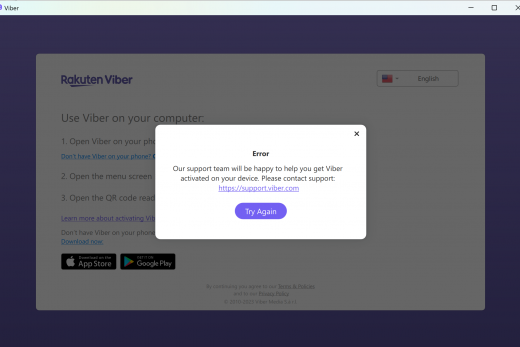I re-read the Bergman’s et.al. paper "Improved Search Engines and Navigation Preference in Personal Information Management" (2008) where a section is about combining search and navigation. There were several research prototypes designed like Haystack, Lifestreams, Presto and Placeless Documents. Their data suggest that these hybrid methods may not always be successful. One of the reason might be that information location is inconsistent. In Lifestreams where information is presented on a time scale, it moves in the past as the time goes by. Presto provides dynamic or fluid structures where each collection of items consists of a list of included items, a list of excluded items and a search query (any of which can be null). And so on. A given example in a paper are Smart Folders in OS X where the content of the folder might change over time. These were rarely used by (cca. 400) participants in their study. And participants preferred navigation to information items while searching was their last resort.
One of the previous posts presents integration of a search engine, faceted search and a file manager (see post "Leave my hierarchies alone – integrating desktop search engine and file manager"). Our hybrid directly supports navigation as it highlights folders in the hierarchy incrementally while the search text is typed. The same with faceted search. In my opinion this search technique would help users in understanding their hierarchies (which has yet to be proven) as navigation hints in a hierarchy are a part of search result (besides a list of matching items).
One of the issues about this suggestion is that it does not addresses information fragmentation. But there is no limit of types of information a search list can provide. A search list in our suggestion might include a list of matching emails and web pages (as it does in present search tools like Spotlight, Google desktop search,
Windows desktop search …) and still provide navigational hints in a file hierarchy. Or a search engine in email client could also suggest matching files. Or any search engine for any type of information would suggest other types as well. So users could navigate to a file from email client or to email from a web browser but they would also get navigational hints to browse for a desired item in that particular tool.
There is also some evidence (Boardman "Stuff goes in to my computer …" 2004) that the separation of files, email and web bookmarks might be a good thing because of different approaches in managing each information type. This means separation of tools as well. But providing an easy way of navigation from one tool to another might be helpful.

